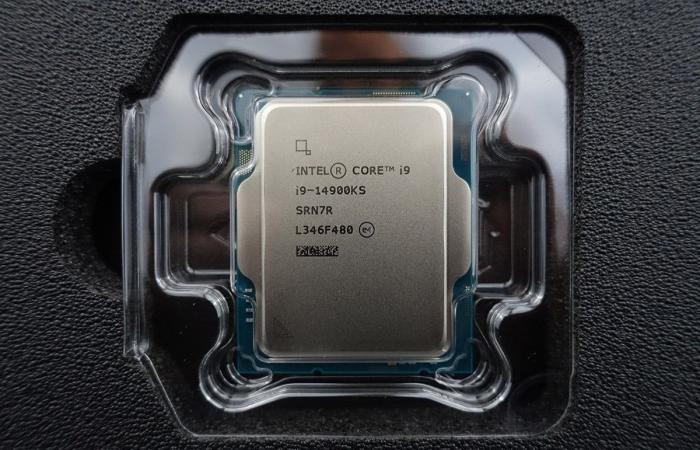A few days ago, a bug in the eTVB microcode was identified as the main cause of instabilities on the “large” Raptor Lakes (13900K and 14900K). However, only a few hours after this information was released, Intel denied the major impact of this bug. According to the blues, this concern is in no way the “root cause” of Raptor Lake’s stability problems. The bug may be a contributing factor, but it is not the root cause.
Contrary to recent media reports, Intel has not confirmed the root cause and continues, along with its partners, to investigate user reports of instability issues on 13th and 14th generation Intel Core desktop processors (K /KF/KS) unlocked.
The microcode patch referenced in the press articles fixes an eTVB bug discovered by Intel while investigating reports of instability. Although this problem potentially contributes to instability, it is not the root cause.
– Thomas Hannaford – Intel
Advertisement
Raptor Lake instabilities: a dormant problem for several generations
However, it appears that Intel is making progress in resolving this issue. The company has finally identified the main cause of the instability problems. And the worst thing is that this concern is not new. Concretely, it was discovered that this bug also seems to be present on older generations of Intel processors. But it has never been a problem due to the “lower default operating voltage and frequency” of these processors. Fortunately, microcode issues can be fixed via BIOS updates. This means that Intel will be able to resolve these stability issues with relative ease.
Failure Analysis (FA) of 13th and 14th Generation SKU K processors indicates a change in minimum operating voltage on affected processors resulting from cumulative exposure to high base voltages. Intel’s analysis has determined that a confirmed contributing factor to this issue is high input voltage to the processor due to previous BIOS settings that allow the processor to operate at turbo frequencies and voltages even when it is at a high temperature. Previous generations of Intel K SKU processors were less sensitive to these types of settings due to lower default operating voltage and frequency.
Intel requires all customers to update the BIOS to microcode 0x125 or later by 07/19/2024.
This microcode includes an eTVB fix for an issue that may allow the processor to enter a higher performance state even when the processor temperature has exceeded the eTVB thresholds. (Intel source)
A bios quickly available from motherboard manufacturers
Motherboard manufacturers will therefore release new BIOS updates for their hardware. These updates will implement new Intel microcode that addresses Raptor Lake stability issues. The BIOS with this update should be available by July 19. If Intel seems to have found the key to regaining control over what was gradually turning into a scandal, it will be necessary to measure the “side effects” of this patch on the performance of the processors concerned. Let us remember that the majority of consumers who turned to these versions did so to have the best performance…







